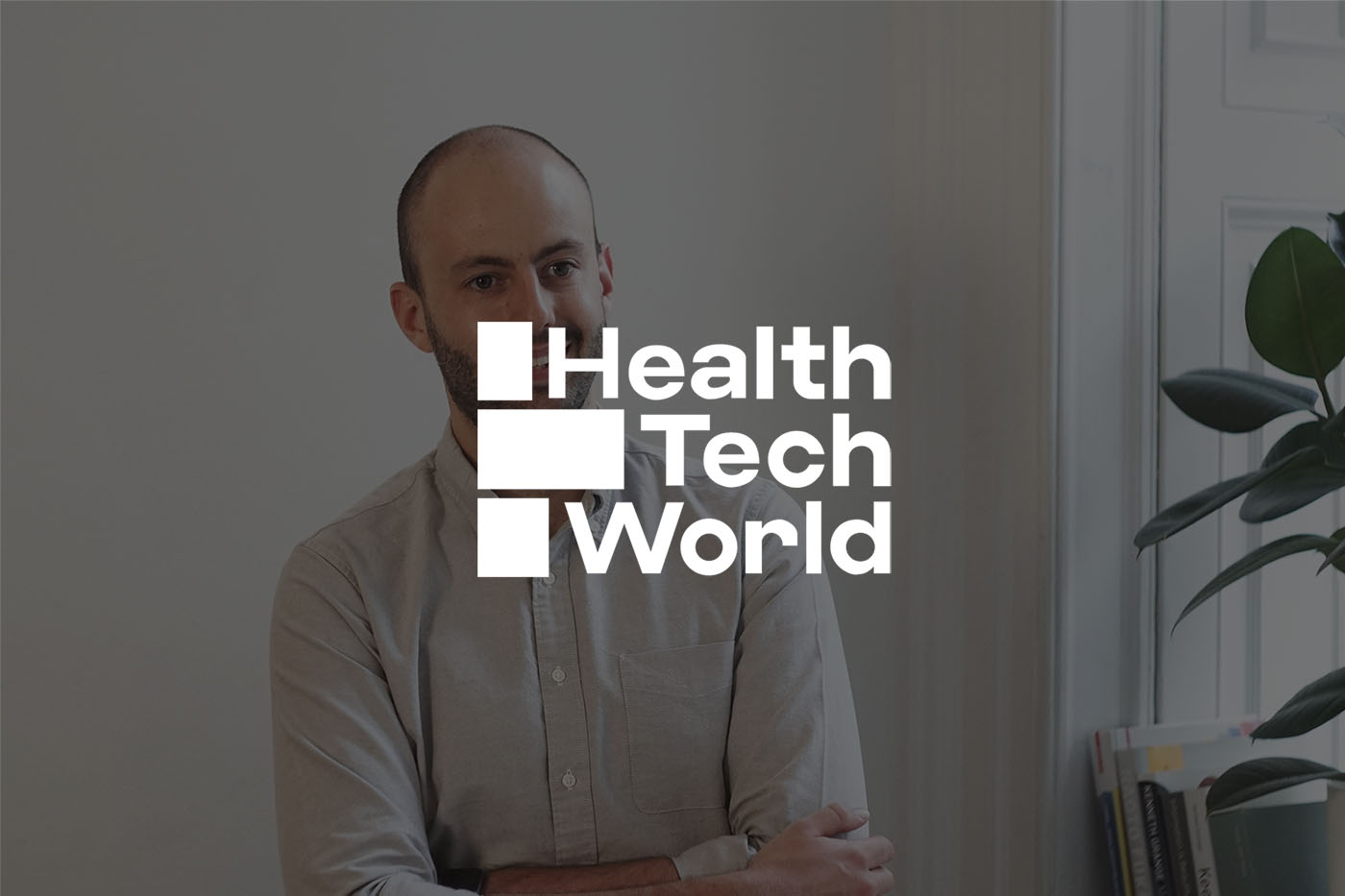In medtech and product design, “faster, cheaper” is a seductive mantra – but it often hides costs and risk. In Oscar’s recent Health Tech World article, he explores how cutting corners in design can backfire in development, regulatory, usability, brand trust and long-term cost. Here are a few of the core lessons — and why design integrity deserves as much priority as speed.

Cutting corners has a price
When teams are under pressure with tight budgets, aggressive timelines, or investor demands, it’s tempting to skip design refinement, or rely on what “looks OK.” But this often leads to expensive reworks, regulatory delays, usability failures, or worse, user harm. The article makes the point clearly: early compromise in design is rarely free.
Design is not a cosmetic extra. It’s a discipline — balancing usability, manufacturability, safety, emotional trust, and compliance. A flawed user flow or misinterpreted interface in a medtech product isn’t a small bug; it can mean user errors, user abandonment, and missed commercial opportunities.
Integrity, iteration & investment
- Here are a number of key lessons that Oscar explore in the piece, and we’re careful to remember throughout every project at Tone:
-
Invest in clarity up front — A well-structured design process (sketch → prototype → user test → iterate → repeat) catches problems early. That saves cost later.
-
Don’t skimp on formative testing — Waiting to test late in the cycle is costly. Validate early, iterate often.
-
Small design changes can have an outsized impact — Colour choices, layout, form factor and messaging all contribute to usability.
-
Build for real users, not ideal ones — Real people never do what you expect them to. Never assume that anything is ‘obvious’ – even if the team think it is.
-
Brand and trust are cumulative — A product that feels janky reflects on your whole company. Good design is a long-term investment in credibility.
-
At Tone, we also see that when medtech or hardware teams invest in design quality early, the downstream ROI is significant: greater adoption, less training needed, more user confidence, smoother regulatory submissions, and fewer surprises in scale-up.
Sign Up To Our Newsletter
We share insights, inspiration and free resources like this every month, in our free newsletter. If you’d like to join the hundreds of other design and innovation experts who get this direct to their inbox, you can sign up below.